Currency Gallery
Currency |
History
of Nigerian Currency
| Legal Tender
|
Currency Gallery
|
Security
Features
|
Features of Nigerian Currency |
Clean Notes Policy
|
eNaira
Currency in Circulation:
Notes:Coins:
Currency Withdrawn:
Earlier | 1959 | 1965 | 1968 | 1973 | 1977 | 1979 | 1984 | 1991 | 2007| 2022Before 1959
Prior to the establishment of the West African Currency Board, Nigeria had used various forms of money including cowries and manilas. Commodities were also used as a form of exchange known as barter.
The West African Currency Board was responsible for issuing currency notes in Nigeria from 1912 to 1959.
| Name |
||
| Manila Dimension: Varies in Size Material: Pig Iron & Slag Period Used: up until 1700 |
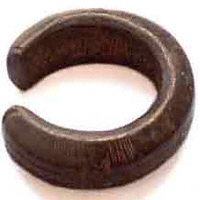 |
|
| Manila Dimension: Varies in Size Material: Pig Iron & Slag Period Used: up until 1700 |
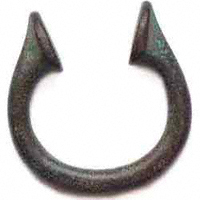 |
|
| Manila Dimension: Varies in Size Material: Pig Iron & Slag Period Used: up until 1600 |
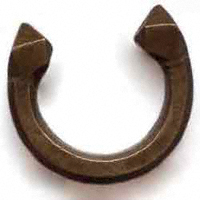 |
|
| Cowries Dimension: @ 0.5 In across Period Used: before 1700 The Cowry has, for centuries, served our people as an important form of currency. In 1860 the following system was in use: 40 Cowries formed a "String"; 50 Strings made a "head" and 10 heads comprised a "bag". In Lagos in 1865 one bag of 20,000 shells was exchanged for one or two English Pounds. |
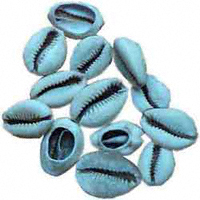 |
|
| Salt & Barter Period Used: before 1600 |
||
See frequently asked questions on Currency Management
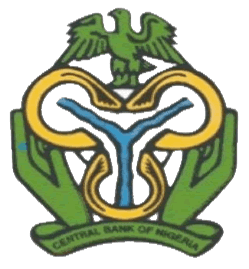
 Flickr
Flickr Instagram
Instagram LinkedIn
LinkedIn